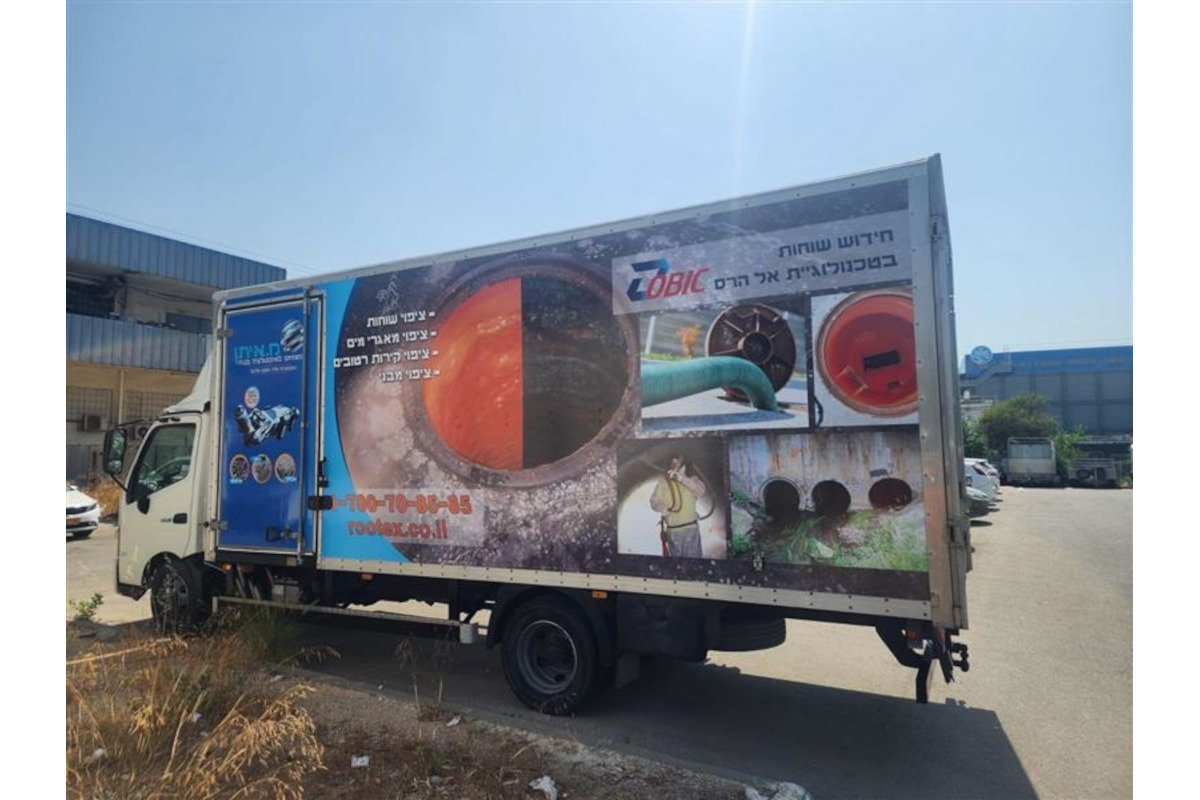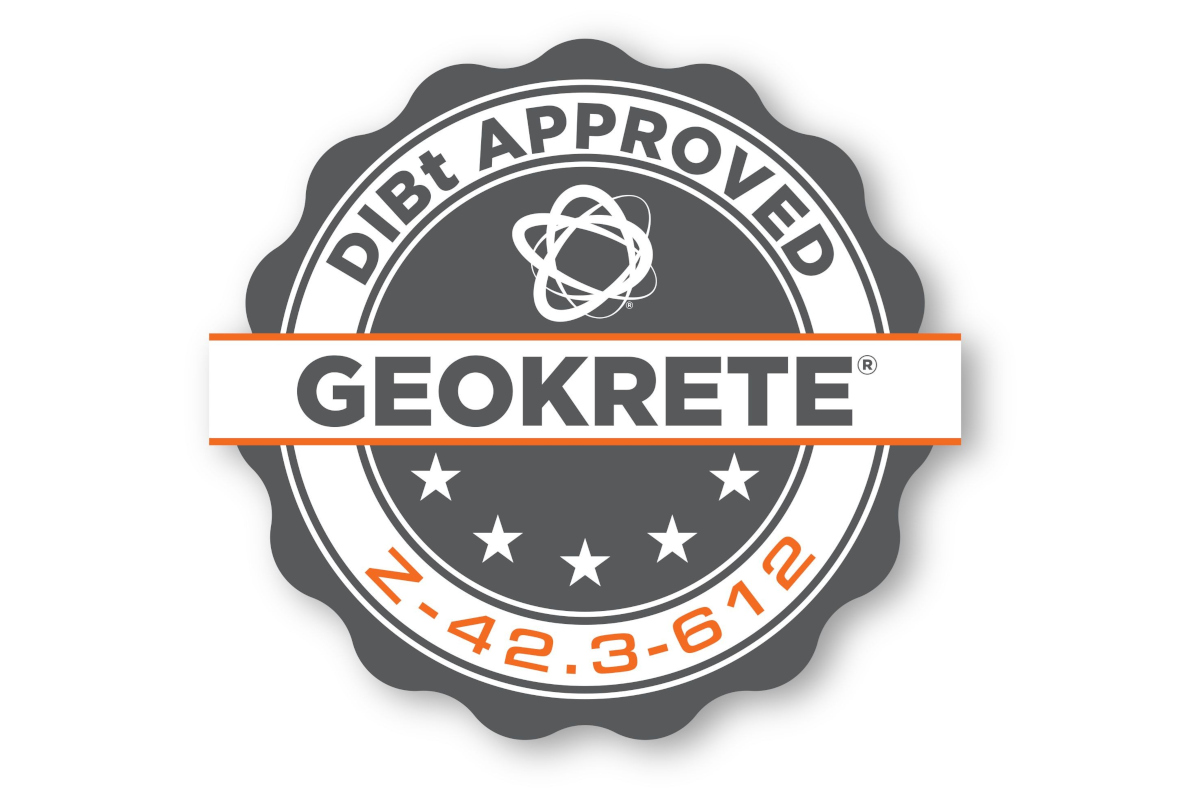16th DCA-Europe Congress in Usedom, Germany
December 28, 2011
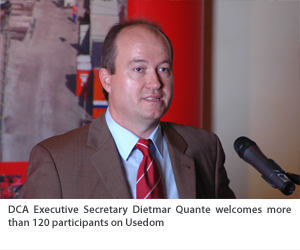 The role of the directional horizontal drilling technique for energy supply was in the focus of the 16th annual Congress the Drilling Contractors Association (DCA-Europe) held Oct. 5-7 in Usedom, the island in the Baltic Sea.
The role of the directional horizontal drilling technique for energy supply was in the focus of the 16th annual Congress the Drilling Contractors Association (DCA-Europe) held Oct. 5-7 in Usedom, the island in the Baltic Sea. “Highly Developed Drilling, the Strongest Link in the Energy Chain” was the self-confident motto of the congress for which more than 120 participants from Germany and other European countries had signed up again.
When transmission lines for oil, gas, water or electricity are laid this means that crossings of obstacles belong to the most demanding sections of construction. These structures cannot do without trenchless technology or horizontal directional drilling (HDD), was emphasized by DCA-Europe president Hermann Lübbers in his opening address.
Trouble around Certifications
 This method of construction was in demand and helped even to cope with the more difficult passages in the length of a pipeline. In order to maintain or extend this position on the market, it was of utmost importance that the crew was educated, explained Lübbers, referring the unpleasant confusion concerning certification courses that were not authorized by DCA-Europe or DVGW (Germany). He appealed to the constructors only to take courses that carry the DCA-Europe logo. “If our clients award orders, they shall be assured that they book premier league but then we must not train in second league. Many clients asked me about the incidents at the beginning of the year concerning training or certifications. A really unpleasant farce that was not initiated by the DCA-Europe.“ In case it took too long to bring clarity and transparency into the whole service of training and certification, Lübbers announced a DCA-Europe initiative: “We are very well able to take quality protection in form of certifications into our own hands, like other associations do.“
This method of construction was in demand and helped even to cope with the more difficult passages in the length of a pipeline. In order to maintain or extend this position on the market, it was of utmost importance that the crew was educated, explained Lübbers, referring the unpleasant confusion concerning certification courses that were not authorized by DCA-Europe or DVGW (Germany). He appealed to the constructors only to take courses that carry the DCA-Europe logo. “If our clients award orders, they shall be assured that they book premier league but then we must not train in second league. Many clients asked me about the incidents at the beginning of the year concerning training or certifications. A really unpleasant farce that was not initiated by the DCA-Europe.“ In case it took too long to bring clarity and transparency into the whole service of training and certification, Lübbers announced a DCA-Europe initiative: “We are very well able to take quality protection in form of certifications into our own hands, like other associations do.“ 1,224 Km Through the Baltic Sea
The congress focused primarily on the Nord Stream Pipeline, the probably biggest European infrastructural project with a total investment of 7.4 billion Euros. Dr. Dirk von Ameln of Nord Stream AG reported about the completion of the first of two pipeline stretches of 1,224-km through the Baltic Sea, from Russian Wyborg to Lubmin in Mecklenburg-West Pomerania. Through this pipeline with a bore diameter of 1,153 mm, designed for an operating pressure of 220 bars, up to 27.5 billion cu m of gas will stream to western Europe per year. When the second pipeline is completed in the last quarter of 2012, this transport capacity will be doubled again to 55 billion cu m.
The Nord Stream pipeline is the longest pipeline of the world that leads without disruption through compressor stations. The gas will be inducted in Russia with a pressure of 220 bars. The pressure will continuously drop during the transport to Germany. Therefore, the pipeline was laid in three sections with varying wall thicknesses, each dimensioned for a different pressure level – 220, 200 and 170 bars. These three pipeline sections of the first stretch were connected under water in June 2011. The section that started in Russia was welded to the middle one offshore Finland in a depth of about 80 m, the middle section was welded to the section landing in Germany offshore the Swedish island Gotland in about 110-m depth. In August 2011, the remaining water in the pipeline after the pressure tests and welding under water was pumped down. For this dewatering a temporary compressor station was erected in the German landing area. By means of compressed air, a pigging haul was activated that moved at a speed of 0.5 m per second from the German to the Russian landing area. After dewatering the pipeline was dried by compressed air from the German side to get rid of the last moisture on the pipeline’s inner walls.
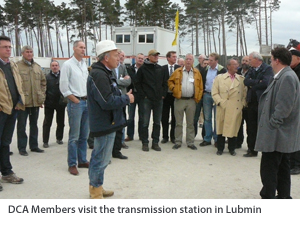 Preparing the operational phase, the pipeline afterward was filled with nitrogen (N2) as inert shielding gas. Identical measures will be carried through with the second pipeline stretch in spring 2012.
Preparing the operational phase, the pipeline afterward was filled with nitrogen (N2) as inert shielding gas. Identical measures will be carried through with the second pipeline stretch in spring 2012.The diameter of 1.2 m (48 in.) touches the technical limits to lay pipelines on the ground of the sea, emphasized Dr. Georg Nowak of Nord Stream AG, who is project manager for the pipeline construction in the German sector. The project team was confronted with really singular challenges concerning choice of material, methods of laying, pipe routeing, logistics, as well as contract and time management in order to complete the project within the schedule, the planned budget and under consideration of various interests, described Dr. Nowak the determining factors concerning this superlative construction project.
At the landing station in Lubmin near Greifswald, OPAL and NEL take over the gas from the two Nord Stream pipelines. 55 billion cu m of natural gas that are delivered by Nord Stream all together are divided 36 billion cu m per year to OPAL, and 19 billion cu m per year to NEL.
OPAL leads around 470 km from the landing station in Lubmin to Olbernhau in Erzgebirge (Ore Mountains). NEL transports the natural gas over a length of 434 km to Rehden with its gas reservoir. Both pipelines have a diameter of 1,400 mm.
OPAL was finished in June 2011, NEL is currently under construction.
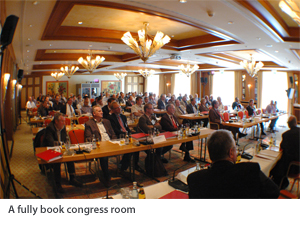 In his lecture Michael Muth of Wingas Transport GmbH explained that both pipelines cross under numerous traffic routes, bodies of water and third party lines. All in all, OPAL had to construct 933 crossings, and NEL 1,056. In the majority of cases, trenching methods were chosen for those crossings, in view of trenchless digging primarily product pipe boring was planned, four times microtunneling was applied and six times the HDD method was awarded the contract for drilling stretches between 700 and 1,078 m. According to Muth the special advantage of the directional horizontal drilling technology was the short time for completion. The completion of both, the crossing of Dahme River with a length of 930 m, or the one of the Oder-Spree-Canal with a length of 760 m, for example, took the performing constructor Visser & Smit Hanab b.v. in the pre-Christmas period of 2010, despite extreme wintry weather conditions each about two weeks, from the pilot phase to the pull-in of the pipes. In the course of the congress these two drillings were presented in detail by Gerard Jonkergouw of Visser & Smit Hanab b.v.
In his lecture Michael Muth of Wingas Transport GmbH explained that both pipelines cross under numerous traffic routes, bodies of water and third party lines. All in all, OPAL had to construct 933 crossings, and NEL 1,056. In the majority of cases, trenching methods were chosen for those crossings, in view of trenchless digging primarily product pipe boring was planned, four times microtunneling was applied and six times the HDD method was awarded the contract for drilling stretches between 700 and 1,078 m. According to Muth the special advantage of the directional horizontal drilling technology was the short time for completion. The completion of both, the crossing of Dahme River with a length of 930 m, or the one of the Oder-Spree-Canal with a length of 760 m, for example, took the performing constructor Visser & Smit Hanab b.v. in the pre-Christmas period of 2010, despite extreme wintry weather conditions each about two weeks, from the pilot phase to the pull-in of the pipes. In the course of the congress these two drillings were presented in detail by Gerard Jonkergouw of Visser & Smit Hanab b.v.Visit on the Spot
One of the highlights of the congress this year was the visit to the landing station in Lubmin. The participants had the opportunity to have a close look at this intersection of the European gas network that is still under construction.
After 1,200 km sea pipeline the gas is received at this gas transfer station, filtered, pre-warmed, measured and distributed to the two landward pipelines OPAL and NEL. And all this happens in technical dimensions that are unique worldwide.
Another lecture by Willi Peitz, CEO of GWG Grevenbroich GmbH, a client and network operator, described his positive experiences and the advantages of the directional horizontal drilling technique meanwhile indispensable to him when service pipelines have to be laid in intra-urban areas.
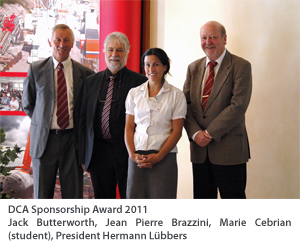 Practical experiences with coating systems for trenchless pipe-laying were also an issue, as were the advantages and chances of the HDD method when power cables are laid in the ground as it is currently discussed in particular given the background of the energy turnaround and the development of the current power network related to that.
Practical experiences with coating systems for trenchless pipe-laying were also an issue, as were the advantages and chances of the HDD method when power cables are laid in the ground as it is currently discussed in particular given the background of the energy turnaround and the development of the current power network related to that.Reports about spectacular drillings, like the crossing of the strait Solent in Great Britain on a length of 3,930 m rounded the issue off at the annual congress that can be called a success concerning content and ambience. Hopefully the program quickened some interest in the next annual congress in 2012, true to the motto that after the congress is before the congress. In 2012, the annual congress will be held from Oct. 10-12 in Cambridge, Great Britain.
This article was provided by DCA-Europe executive secretary Dipl.-Geol. Dietmar Quante. For more information about DCA-Europe, visit www.dca-europe.org.



